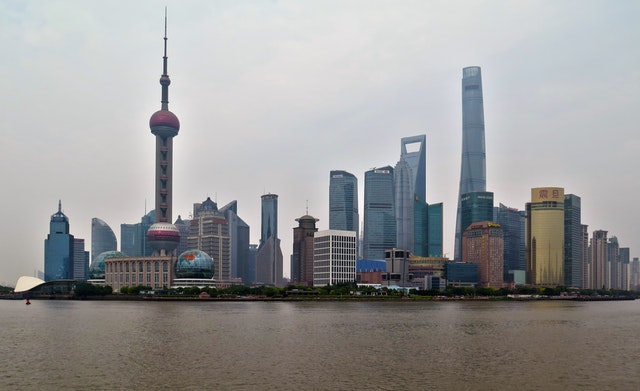
BEIJING — China’s economic growth fell to a three-decade low in 2018 as business activity lagged amid a tariff war with Washington.
The world’s second-largest economy expanded by 6.6 per cent over a year earlier, down from 2017’s 6.9 per cent, official data showed Monday. Growth in the three months that ended in December cooled to 6.4 per cent from the previous quarter’s 6.5 per cent.
Communist leaders are trying to steer China to slower, more self-sustaining growth based on consumer spending instead of trade and investment. But the slowdown has been sharper than expected, prompting Beijing to step up government spending and order banks to lend more to shore up growth and avoid politically dangerous job losses.
“Growth will remain under pressure in the coming months,” Louis Kuijs of Oxford Economics said in a report. “Key risks are the ongoing trade tension with the U.S. and that credit growth does not recover.”
Economic activity held up through most of 2018 despite President Donald Trump’s tariff hikes on Chinese imports in a fight over Beijing’s technology ambitions. But exports contracted more sharply than forecast in December as the penalties began to depress demand.
Growth in 2018 was the lowest since 1990’s 3.9 per cent in the aftermath of the violent crackdown on pro-democracy protests centred on Beijing’s Tiananmen Square the year before.
Growth in investment, retail spending and factory activity all declined, the National Bureau of Statistics reported.
The slowdown is adding to pressure on President Xi Jinping’s government to settle its dispute with Washington.
The two sides have imposed tariff hikes of up to 25 per cent on tens of billions of dollars of each other’s goods in the fight over U.S. complaints Beijing steals or pressures companies to hand over technology. Washington is pressing China to roll back plans for state-led industry development that its trading partners say violate its market-opening obligations.
The dispute and news of job losses and falling sales of autos and real estate have rattled Chinese consumers. Some are cutting back on spending, which might worsen the downturn.
In a possible sign of progress, the Chinese government announced Friday that its top trade envoy, Vice Premier Liu He, will visit Washington for talks Jan. 30-31. Business groups and economists said a decision by Liu and his American counterpart, Robert Lighthizer, to get directly involved would suggest earlier talks by lower-level officials made progress.
Trump said Saturday that trade relations with China were “going very well” and “a deal could very well happen.”
Forecasters expect growth to decline further this year to 6.3 per cent or lower. They predict the decline will bottom out this year as Beijing’s stimulus efforts gain traction. However, they have pushed back the time frame for that due to weakening exports.
Chinese leaders warned earlier any recovery would be “L-shaped,” meaning companies and investors shouldn’t expect growth to rebound to the previous decade’s double-digit levels.
“A key downside risk to the Chinese growth outlook will be if the U.S.-China trade war escalates, should the temporary truce expire without any trade deal being struck,” Rajiv Biswas of IHS Markit said in an email.